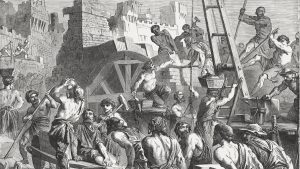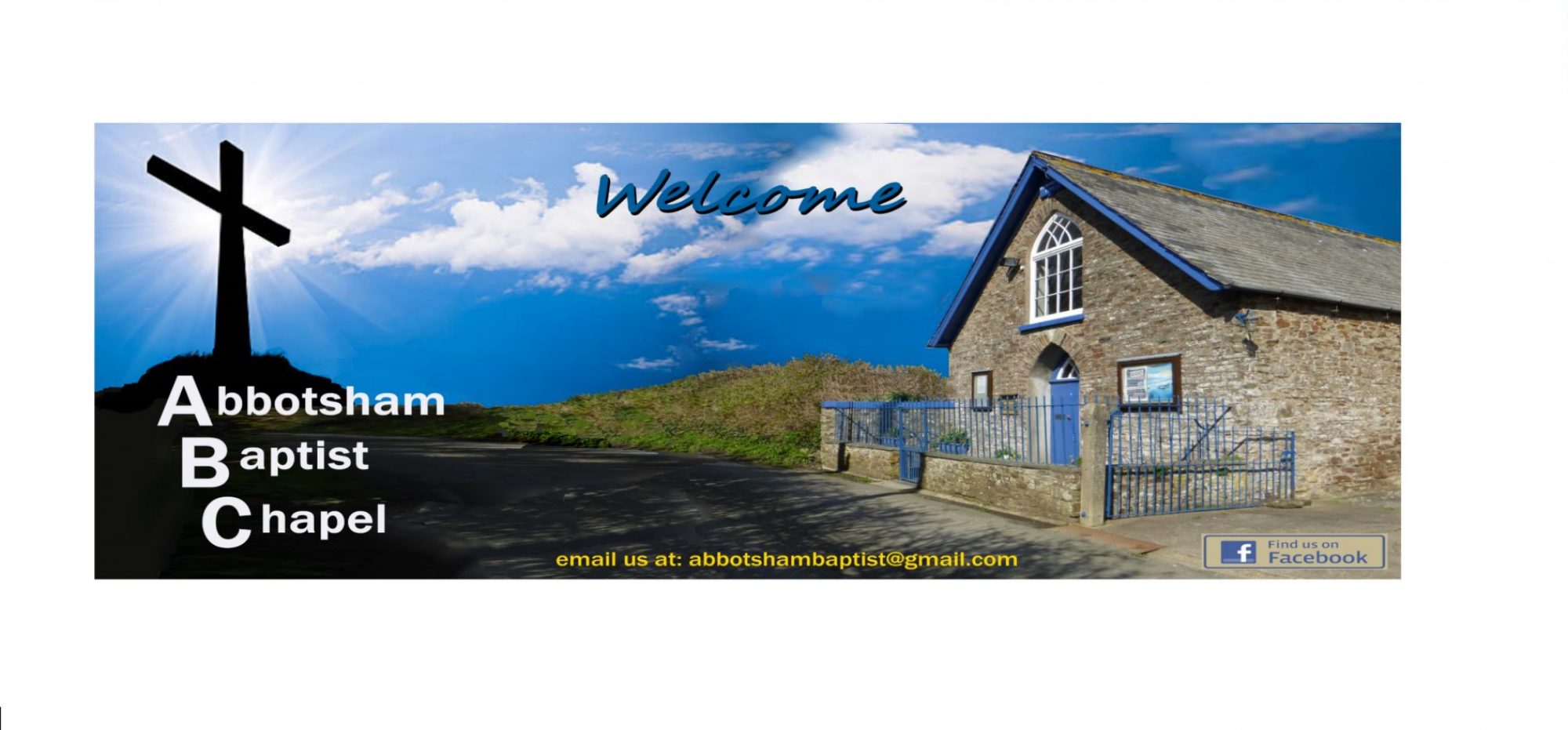John 2.13-22

The Temple in Jerusalem during Jesus’ ministry was not the temple built in Solomon’s reign, it was the third temple and even though the Temple authorities said it had taken 46 years to build v20 the outer structures were not completed until AD 66. Prior to Solomon a temporary tent like structure was where the Ark of the Lord was housed, containing the tablets of the covenant, a golden urn holding manna and Aaron’s staff that budded. Hebrews 9.4 David dreamed and planned for the day when a permanent temple would be built, in his eyes it was to be grand enough to be worthy of the Lord. The temple was for the nation of Israel a number of things. It was a sign of God’s presence with his people. It was where the people through the offices of the priests could meet God and seek counsel. It stood for God’s authority over his people. The temple honoured God and was where the great feasts to give thanks and praise to God were centred. Longing to be in the temple equaled longing to be in God’s presence. Above all it was the place of sacrifice to seek forgiveness and reconciliation with God. The temple represented the heartbeat of the nation therefore its destruction under Nebuchadnezzar tore the heart out of the nation and was considered by Israel’s enemies not only a defeat for the people of Israel but also for their God. The temple was the ultimate symbol of nationhood and the nation’s relationship with Yahweh.
When Jesus cleared the Temple, the complaints were not about brutality towards either people or animals. They were not even about the mess created. The whip of cords v15 Jesus made was not comparable to the whip used to scourge Jesus, ripping flesh from his back, it was a means of driving animals from the courtyard. Little did the Temple authorities know but they cut to the heart of the matter. In asking, ‘What sign do you show us for doing theses things’ they were asking by what authority did he challenge the “Father’s” house being used for trade.
Jesus’ answer was not understood by any present at the time. It took Jesus’ resurrection for the disciples to grasp his meaning. v22 The Temple authorities limited imagination was restricted to a Temple of stone. They had lost sight of the Temple being the symbol of God’s presence, the place of reconciliation, teaching, intercession and God’s transforming blessing. In Jesus’ answer he was stating that he is the eternal Temple of God. Only through his death and resurrection three days later would all these things be possible. All the previous rituals would be swept away. God is met through him wherever one was geographically. No physical building is required. Jesus left just two acts of remembrance and
Commitment, the bread and wine of the last supper and baptism. Each needed no set place or even a building of any kind. The only priest needed was the High Priest Jesus. Hebrews 4.14
The first place I truly met Jesus was in my study bedroom at college, aged 18. He placed in me the faith, I had been wanting for some weeks, through his Spirit. Where can you first remember engaging personally with the Lord? He and he alone is our access to God, who is truly a universal God, not constrained by buildings, geography or time.
There are many things during history that the Christian Church has promoted as “Temples” and necessary for access to God. There then occurs a reaction against them that frequently divides the church. It may be a physical church where some feel they have to be there to pray. It could be a ritual or ceremony. It may be a particular kind of musical atmosphere is deemed necessary. The presence of a religious leader may be seen as a means of accessing God’s blessing and even biblical knowledge as the ultimate goal rather than as a means of meeting with God through his Spirit.
What difference does it make that Jesus, and not a building, is our temple; and that access to God is through him, and not through religious ritual?
Be still for the presence of the Lord
